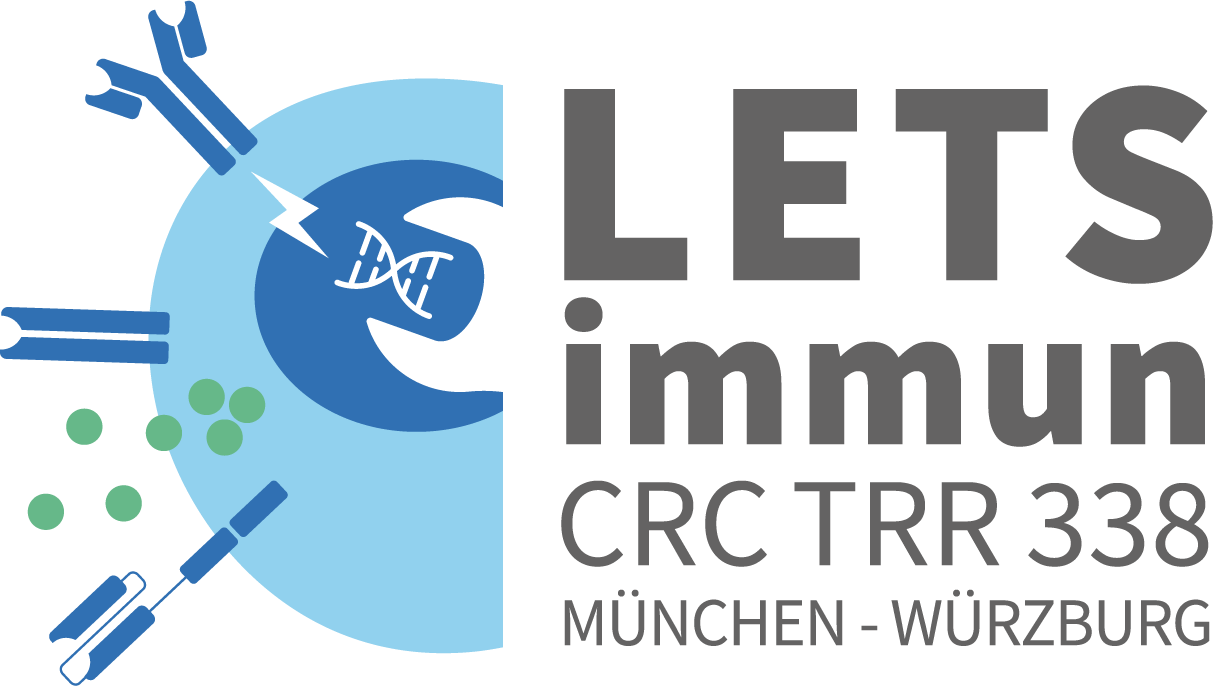Title
Overcoming barriers for T cell therapy of hepatitis B and hepatocellular carcinoma
Research Area
Virology, Immune Therapy, Virus-induced Cancer
Project Summary
Hepatitis B virus (HBV) can be controlled by natural T cell immunity, but this control fails in chronic infection causing liver disease and cancer. T cells expressing CARs or TCRs can be specifically redirected to HBV-positive hepatocytes and cancer cells. Our long-term goal is to establish T cell therapy as a means of treatment to eliminate hepatocytes persistently infected with HBV and in particular those that carry HBV integrates and serve as precursors of liver cancer development.
HBV has evolved to escape sterilizing immune responses by evading T cell immunity, and HBV-associated HCC takes advantage of this. HBV resides in the liver providing an environment that tends to turn-off T cell effector function and its host cell, the hepatocyte, is characterized by low MHC expression. The high amount of HBV antigens expressed in hepatocytes and secreted into the circulation seem to contribute to immune evasion. The first aim of this project is to determine whether lowering the number of target cells or the antigen load or altering the site of antigen encounter will improve effector function of CAR- and TCR-grafted T cells and whether additional means to engineer T cells of improved function will be required. If HBV is controlled by endogenous immune responses, a broad and polyclonal CD4 and CD8 T cell response is observed. To mimic such a response by engineered T cells is currently not possible because clinical development of such a combination is too complicated. Therefore, either a single, optimal TCR will be required or a combination of a few TCRs ideally directed against different viral antigens. The second aim is this project is therefore to identify the optimally suited TCRs. To achieve this, we will expand our TCR library to TCRs recognizing non-structural HBV proteins and use TCR-retrogenic mice harboring a spectrum of preselected HLA- A2 restricted TCRs and infect them with an adenoviral vector expressing HLA-A2 and inducing HBV replication to define TCR hierarchies.
Project-Related Publications
1. Michler T*, Kosinska AD*, Festag J, Bunse T, Su J, Ringelhan M, Imhof H, Grimm D, Steiger K, Mogler C, Heikenwal- der M, Michel ML, Guzman CA, Milstein S, Sepp-Lorenzio L, Knolle P, Protzer U (2020). Knockdown of Virus Antigen Expression Increases Therapeutic Vaccine Efficacy in High-Titer Hepatitis B Virus Carrier Mice. Gastroenterology 158: 1762-1775; PMID: 32001321
2. Wisskirchen K*, Kah J*, Malo A, Asen T, Volz T, Allweiss L, Wettengel JM, Lütgehetmann M, Urban S, Bauer T, Dandri M*, Protzer U* (2019) T-Cell Receptor Grafting allows Virological Control of Hepatitis B Virus Infection. Journal of Clinical Investigation 129(7):2932-2945.
3. Festag MM, Festag J, Fräßle S, Asen T, Sacherl J, Schreiber S, Mück-Häusl M, Busch D, Wisskirchen K* and Protzer U* (2019). Evaluation of a fully human, hepatitis B virus-specific chimeric antigen receptor in an immunocompetent mouse model. Molecular Therapy 27(5):947-959.
4. Ko C, Chakraborty A, Chou WM, Hasreiter J, Wettengel JM, Stadler D, Bester R, Asen T, Zhang K, Wisskirchen K, McKeating JA, Ryu WS, Protzer U (2018). Hepatitis B virus genome recycling and de novo secondary infection events maintain stable cccDNA levels. Journal of Hepatology 69(6):1231
5. Wisskirchen K, Metzger K, Schreiber S, Asen T, Weigand L, Dargel C, Witter K, Kieback E, Sprinzl MF, Uckert W, Schiemann M, Busch DH, Krackhardt AM, Protzer U (2018). Isolation and functional characterization of hepatitis B virus-specific T-cell receptors as new tools for experimental and clinical use. PLoS One12, e0182936.
6. Xia Y*, Stadler D*, Lucifora J, Reisinger F, Webb D, Hösel M, Michler T, Wisskirchen K, Cheng X, Zhang K, Chao W-M, Wettengel J, Malo A, Bohne F, Hoffmann D, Eyer F, Thimme R, Thasler WE, Heikenwalder M, Protzer U (2016). Interferon-γ and Tumor Necrosis Factor-α Produced by T cells Reduce the HBV Persistence Form, cccDNA, Without Cytolysis. Gastroenterology. 150(1):194-202
7. Dargel C, Bassani-Sternberg M, Hasreiter J, Zani F, Bockmann JH, Thiele F, Bohne F, Wisskirchen K, Wilde S, Sprinzl MF, Schendel DJ, Krackhardt AM, Uckert W, Wohlleber D, Schiemann M, Stemmer K, Heikenwälder M, Busch DH, Richter G, Mann M, Protzer U (2015). T Cells Engineered to Express a T-Cell Receptor Specific for Glypican-3 to Recognize and Kill Hepatoma Cells In Vitro and in Mice. Gastroenterology 149: 1042-1050.
8. Lucifora J*, Xia Y*, Reisinger F, Zhang K, Stadler D, Cheng X, Sprinzl M, Koppensteiner H, Li Y, Makowska Z, Volz T, Remouchamps C, Chou W-M, Thasler W, Hüser N, Durantel D, Münk C, Heim MH, Browning JL, Dejardin E, Dandri M, Schindler M, Heikenwalder M* and Protzer U* (2014). Specific and non-hepatotoxic degradation of nuclear hepatitis B virus cccDNA. Science 343 1121-8.
9. Krebs K, Böttinger N, Huang LR, Chmielewski M, Arzberger S, Gasteiger G, Jäger C, Schmitt E, Bohne F, Aichler M, Uckert W, Abken H, Heikenwalder M, Knolle P and Protzer U (2013). T cells expressing a chimeric antigen receptor that binds hepatitis B virus envelope proteins control virus replication in mice. Gastroenterology, 145(2):456-465.
10. Bohne F, Chmielewski M, Ebert G, Wiegmann K, Kürschner T, Schulze A, Urban S, Krönke M, Abken H, Protzer U (2008). T cells Redirected Against Hepatitis B Virus Surface Proteins Eliminate Infected Hepatocytes. Gastroentero- logy, 134: 239-247.

